Note: To see theis article with all its photos and videos click here http://www.trifter.com/USA-&-Canada/The-Splendor-of-Natural-America-Majestic-and-Beautiful.150553/2
by Juliane Elliott, Jun 27, 2008
To honor America's birthday on July 4th, let us remember our original natural beauty.
This article is a salute to some of America's finest National Parks. Happy Birthday America! May you always be wild and free.
Yosemite National Park, California
John Muir, one of America's original naturalists supposedly took President Theodore Roosevelt camping in Yosemite to convince the president that our country needed to have designated National Parks. President “Teddy” Roosevelt was so awe struck by his experience camping in Yosemite that he set up the National Parks Service to preserve vast pieces of our country's wild and beautiful territory. Yosemite has deep valleys and waterfalls that are truly magnificent. Yosemite is one of our nation's most regal parks and over 3 million visitors from all over the world come to reign in her glory.
This is an example of just one waterfall within Yosemite National Park.
Denali National Park, Alaska
Denali National Park is home to Mt. McKinley, the tallest mountain in the United States.
The park itself is about 200 miles south of the Artic Circle. The park wildlife includes Dall (big horn) sheep, grizzly bears, gray wolves and moose. This area is a place where the tectonic plates of the earth continually are in motion and thus earthquakes are a part of the territory. The Alaskan Range actually rises 3 centimeters a year, due to this constant force. In the winter, the temperature in this region can drop to 95 degrees below zero.
Bryce Canyon National Park, Utah
Bryce Canyon National Park is known for its red rock formations and unusual landscape.
These rock formations are called “hoodoos” and they were craved by melting snow. This sculpting of the rocks took thousands and thousands of years. The entire park has been created by the elements of wind and rain, giving it a memorable terrain. Inside the park at 9,000 feet above sea level, there are 1,500 year old pine trees.
Crater Lake National Park, Oregon
Crater Lake National Park was created when a volcano literally blew its top over 7,000 years ago. Actually the blast was 42 times the explosion of the Mt. St. Helen's in 1980. . Half-a-million visitors descend on this park every year to see this amazing crater and lake. Crater Lake is surrounded by lush evergreen trees and scenic hills, which make it a very popular travel stop. The lake itself may be surrounded by freezing weather, but it only froze once back in 1949. The area typically receives about 44 feet of snow a year. Crater Lake is the 7th deepest lake in the world with a depth of almost 1,300 feet.
It's no wonder that John Denver wrote a song called “Rocky Mountain High” about these amazing mountains. Over 2 million people visit this inspirational place every year.
The Rocky Mountains offer the visitor a glimpse of the ancient erosion that formed these peaks. The valleys were created by glaciations back in the Cenozoic Era. Animals that call this area home are elk, deer, big horn sheep, coyote, cougars and black bears. The Rocky Mountains are home to much natural beauty and pristine lakes.
Yellowstone National Park, Wyoming
When we think of Yellowstone National Park we all think of the geothermal geyser “Old Faithful.” “Old Faithful” is one of many geothermal geysers in the area. Yellowstone National Park is literally a “hotbed” of geothermal activity and is the location of a “super volcano.” This “super volcano” is called “Yellowstone Caldera” and is still considered to be an active volcano. The geothermal activity is fueled by the active volcanism in this part of the world. Interestingly enough, “Old Faithful” has a sister geothermal geyser that is located in Napa Valley, California.
One of the largest highly elevated lakes is also in Yellowstone Park. Most of the land of Yellowstone is located in the state of Wyoming. Although a small amount of the park drifts into Idaho and Montana,
As you can imagine this region of the world experiences hundreds of small earthquakes every year.
Haleakala Crater and National Park, Hawaii
Haleakala, Maui, Hawaii in Hawaiian means “House of the Sun.” It is 10,000 feet above sea level on the island of Maui. The mountain is actually a dormant volcano and astronauts practiced their lunar landing in the barren crater. There is sometimes snow at the top of this volcano. So you could ski in the morning and surf in the afternoon, that's Haleakala. The volcano is popular with tourists and well-known for its spectacular views at sunrise. Tourists and natives alike rent bikes and take the downhill ride of their life to the bottom of Haleakala.
Great Smoky Mountains National Park, Tennessee
The Great Smoky Mountains in Tennessee has a larger collection of tree species than Northern Europe. The Smoky Mountains represent the culture and ways of the diverse life of South Appalachian of the past. President Franklin D. Roosevelt dedicated the park way back in 1940 and it was problematic as there were many farmers that lived in the designated park region. It was an emotional loss for many of the people who were forced to relocate, although some were allowed a lease that would extent through their lifetime. The park has a bear population of about 1,500.
Shenandoah National Park, Virginia
It is hard to imagine but the Shenandoah National Park is only 70 miles away from Washington, D.C., our country's capital. This park is part of Virginia's Blue Ridge Mountains. The area has become a popular tourist destination that allows the urbanites to stay in cozy inns and pastoral settings, although wilderness does account for 40% of the park. Shenandoah National Park is full of woodland forests, wildlife and waterfalls.
Glacier National Park, Montana
Glacier National Park is called “Shining Mountains” to the Native tribes of the region.
The park is aptly named for the rugged terrain that was craved by glaciers millions of years ago. One winter night in 2005, the park was pounded by 8 feet of snow! Just a few days ago, it was announced that due to the volume of snow, a major new road won't be opened in that part of Montana until at least July 4th. Avalanches are creating havoc in the area and delaying the long awaited highway and it is summer!
Arches National Park, Utah
Arches National Park is home to over 2,000 sandstones arches that have been craved by the wind and the weather for millions of years. The unusual textures and colors make the park very unique and vibrant in some areas. The summer temperatures are over 100 degrees. The winter temperatures are often around 32 degrees Fahrenheit.
Redwood National Park
Just two hours south of Oregon, hugging the rugged California coast is where you will find the Redwood National Park. The Redwood National park is home to ancient trees which reach heights of 367 feet into the sky. The base of the trees can be as wide as 22 feet. You will not find these extraordinary trees anywhere else in the world.
These trees are about 20 million years old and began with a tiny seed. The damp environment and cool, foggy weather along the Pacific Ocean are the perfect living conditions for this rainforest of fascinating trees.
Our National Parks keep the wilderness of our country open and free. Long may they protect the beauty of our natural and most precious spaces!
Subscribe to:
Post Comments (Atom)


Not Camping Just Fun!
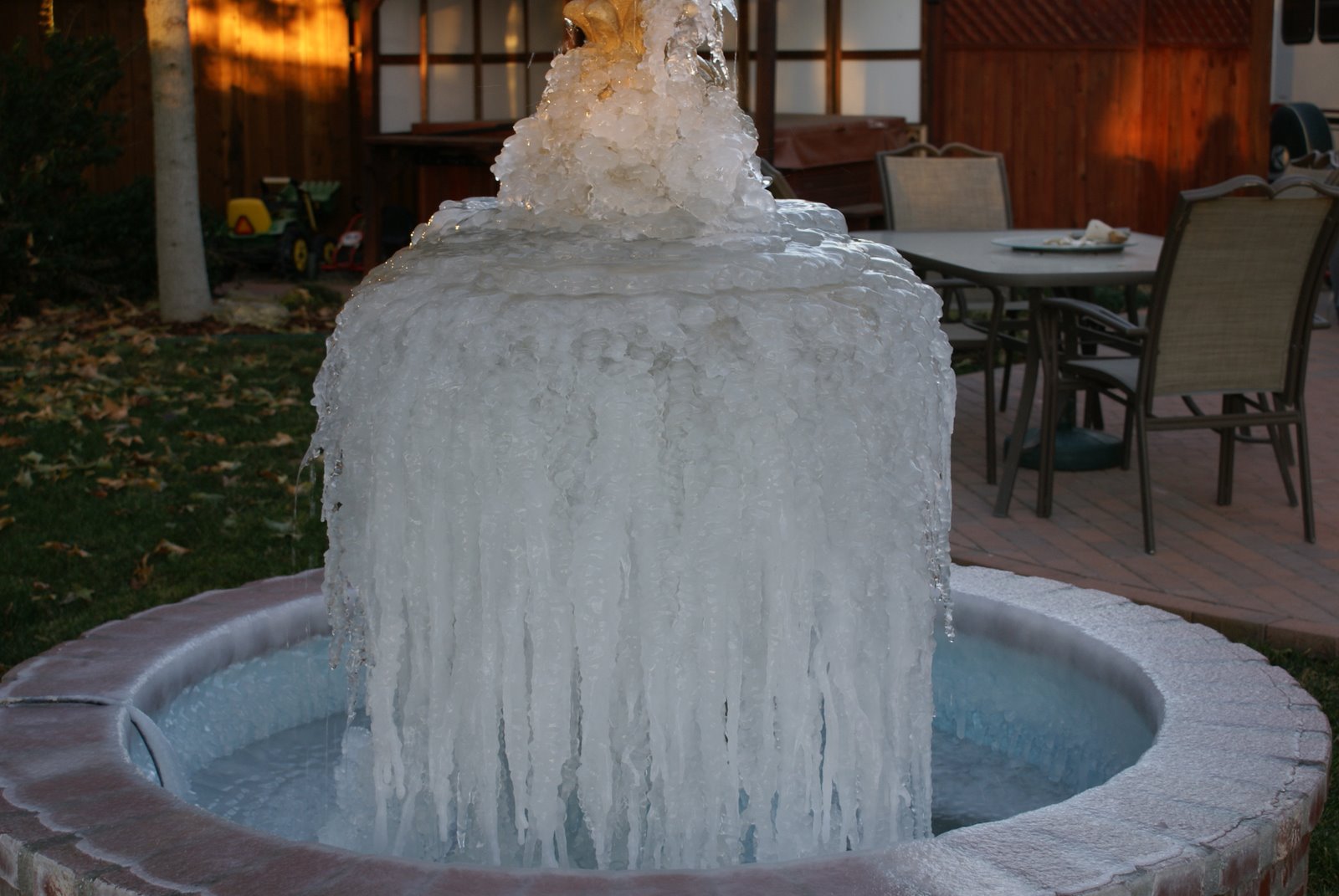
Frozen Fountain in our old backyard!
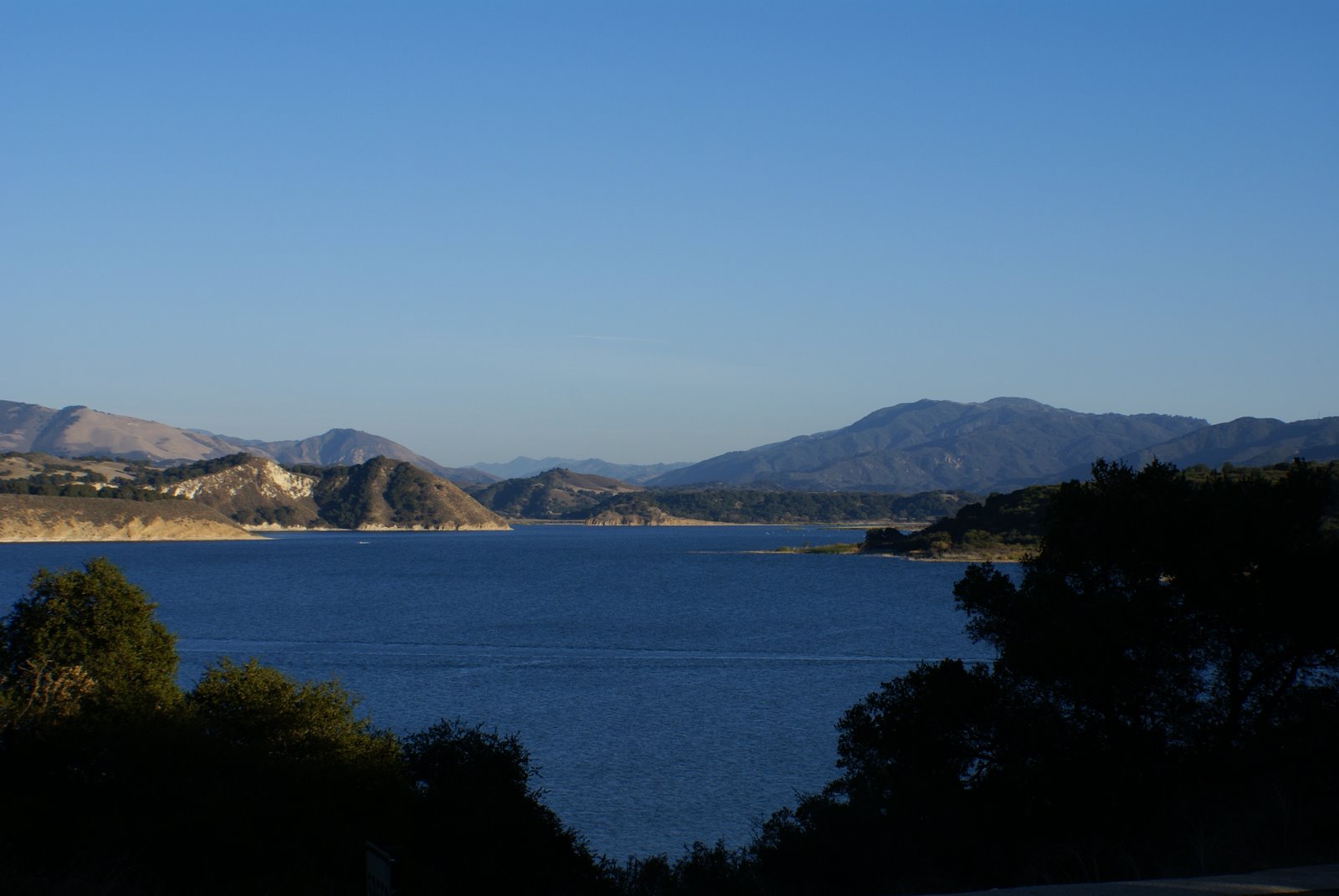
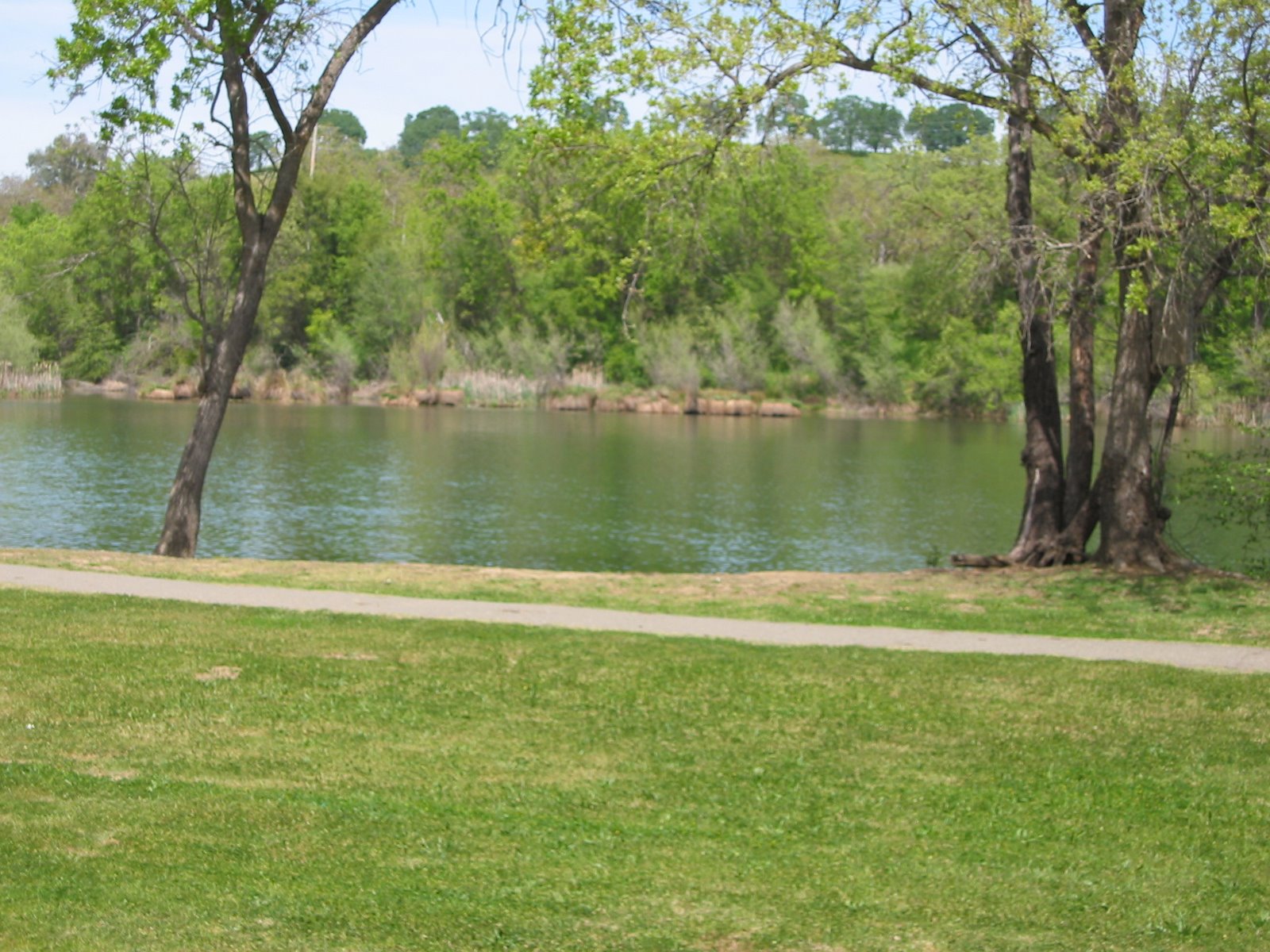




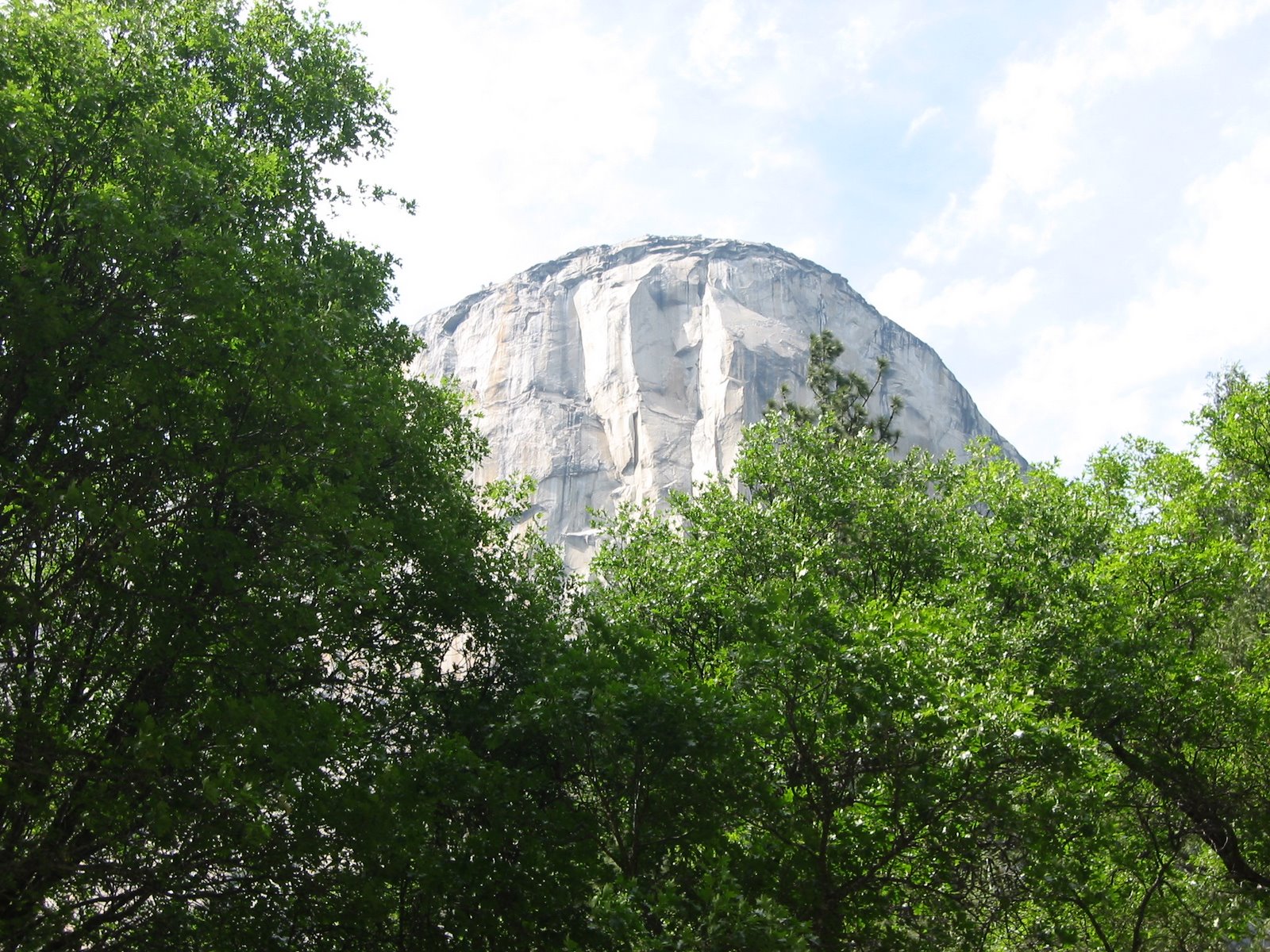

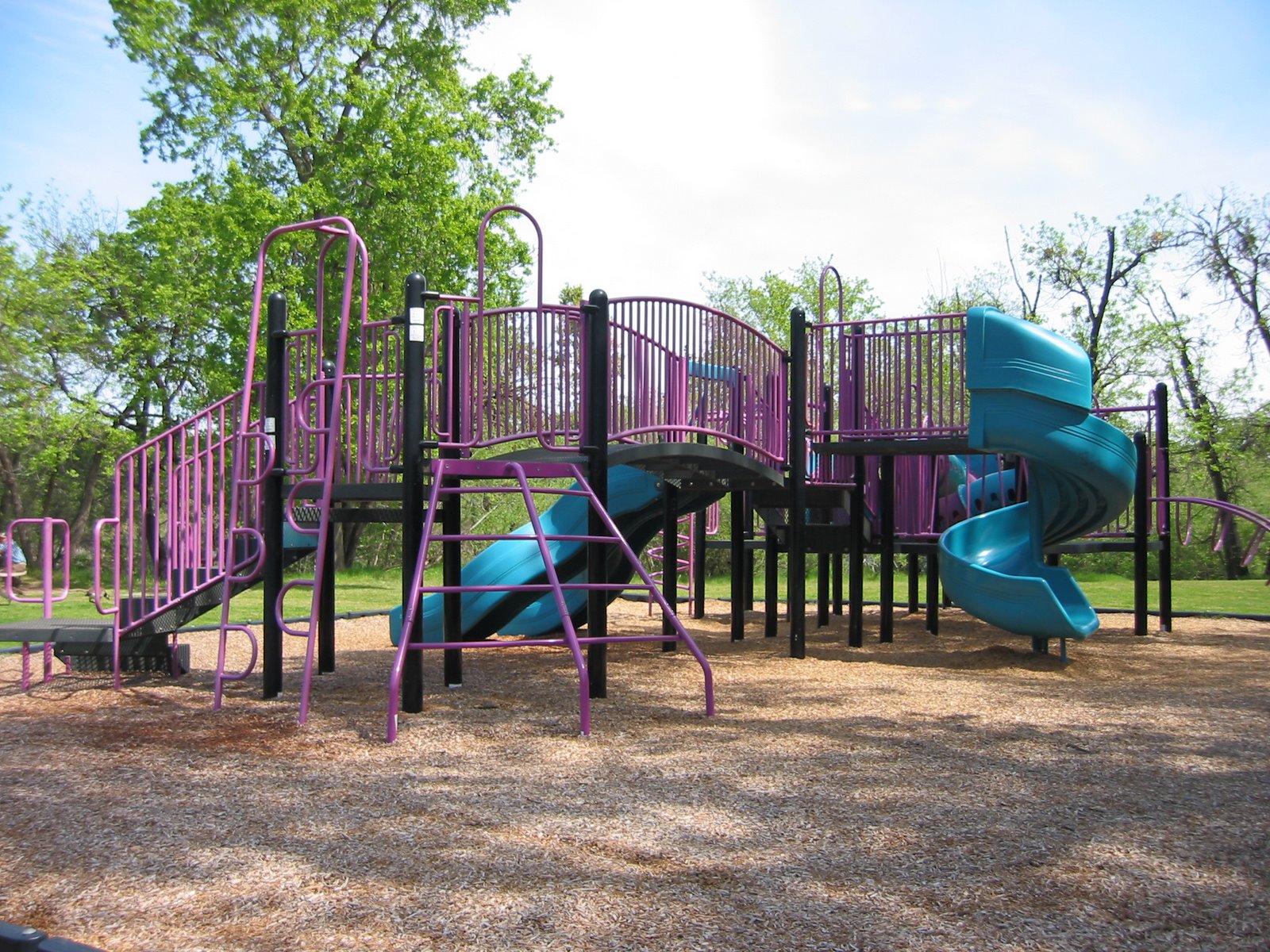
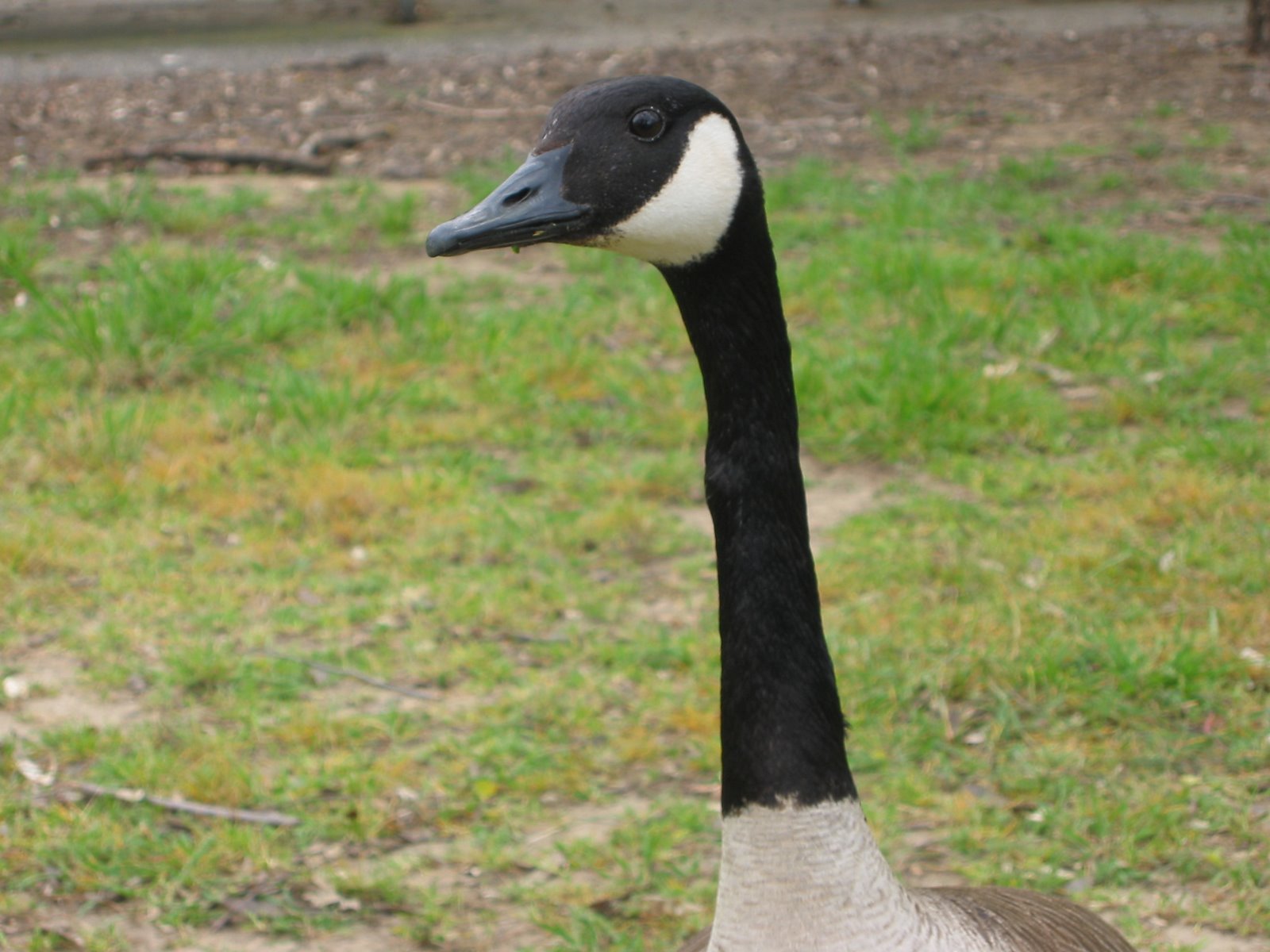

No comments:
Post a Comment